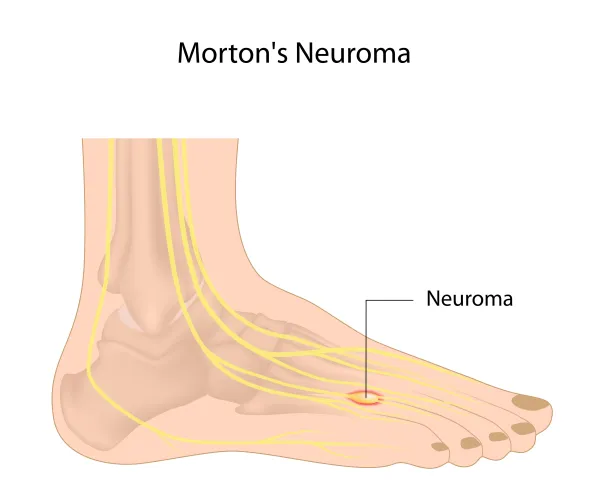Ask These Questions Before Choosing Unequal Limb Dx

Question: An established patient reports to the PM specialist for an evaluation and management (E/M) service for a patient with acquired unequal limb length. Notes indicate that the provider performed a level-three E/M service. How should I code this encounter? Indiana Subscriber Answer: Unless it is spelled out completely in the notes, acquired unequal limb length ICD-10 coding is difficult. Find answers to these questions before choosing an ICD-10 code for this 99213 (Office or other outpatient visit for the evaluation and management of an established patient, which requires at least 2 of these 3 key components: an expanded problem focused history; an expanded problem focused examination; medical decision making of low complexity … ) claim: What is the laterality of the condition? You’ll need to try to find out whether the unequal limb is the right or left limb. According to the ICD-10 manual “The site used should correspond to the shorter limb.” What is the anatomy of the condition? In addition to knowing the laterality, you’ll also need to look for the exact area that makes the limb unequal. For coding purposes, ICD-10 features these locations for unequal limb length: So let’s say that the notes indicate that it was left-sided acquired unequal limb length of the ulna. On the claim, you’d use M21.732 (Unequal limb length (acquired), left ulna) as a diagnosis. Last resort: If unequal limb is all you have to go on when selecting an ICD-10 code, use the more general M21.70 (Unequal limb length (acquired), unspecified site) as a diagnosis.




